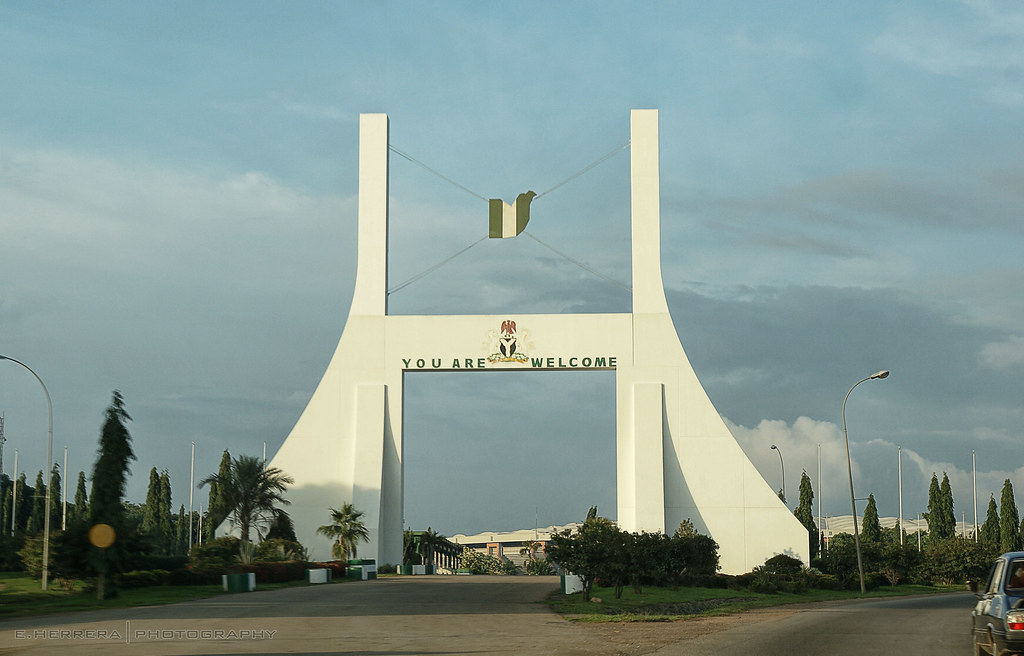Proper road marking, street naming, house numbering for FCT
The deficit and opportunities created by the resulting rise in population has mostly been responded to with development of infrastructure and facilities to cater for new inhabitants or make provisions for outrightly new activities. Road signs came with the advent of motor cars and the need to communicate information, directions and regulations with increasing complexities […]

The deficit and opportunities created by the resulting rise in population has mostly been responded to with development of infrastructure and facilities to cater for new inhabitants or make provisions for outrightly new activities.
Road signs came with the advent of motor cars and the need to communicate information, directions and regulations with increasing complexities have evolved with civilisation. The importance of street maps, road markings, house tags, signposts, gantries, traffic/road signs etc. cannot be overstated in the current modern jungle we live in. In addition to the earlier-painted scenario of reducing running times of passenger vehicles and the hassles of navigation, services such as courier, logistics, urban taxi, emergency and rescue benefit immensely from properly marked roads and numbered houses in efficient service delivery.
Furthermore, their activities which are often carried out with diesel-powered medium-duty vehicles also contribute to the greenhouse gas emission which can be minimised with a cut in their service delivery time.
Within the context of Abuja, the Federal Capital Territory, its existing deficit in wayfinding systems and the urgent need for immediate measures to improve navigation, cut commute time and reduce carbon footprint from passenger vehicles, special attention is given to coded information systems for wayfinding.
Wayfinding signs have been traced to ancient times before the discovery of writing as a medium for conveying distance, time, direction and ownership practices.
The Romans developed directional signs – the milestones – dispersed about the empire. The stone-pillars which were upto seven-foot high informed passers-by of distances to next cities.
Complex layouts and configurations of roads challenge and frustrate navigation, leading to negative influence on commuters’ psychology, dissatisfaction and reducing the inclusiveness of the environment. Inhabitants of cities and commuters are negatively impacted by traffic jams by means of stress, anxiety and excessive noise and air pollution caused by carbon emission from vehicles which has been proved to increase risks for heart-related diseases.
In light of the above, there is an inevitable need to invest valuable resources in continuous planning, designing and installation of directional signage in the FCT.
Ensuring that such investments are made would help developing countries take advantage of the amounts to be spent to protect or even control pollution to be utilised in solving other economic or social problems of priority interest.
It is therefore recommended that highlighted coded information wayfinding systems (road markings, street signs and house number tags etc.) are not just adequately provided, but also designed and installed in conformity with globally acceptable standards and guidelines with due consideration to proper placements at points of high visual integration and levels that are conveniently visible to road users with materials produced from energy-efficient processes.
These guidelines, as developed by wayfinding researchers include: creating identity at each location that is different from others e.g. different lettering and background colour for districts etc. , using landmarks to provide orientation cues and memorable locations.
Also, consider incorporating information in multiple languages or incorporating graphics when devising naming, numbering or measurement protocols, use of sequential, logical, rational and consistent naming protocol and measurement units, graphics, colours and logos.
In addition, use of symbols that can be easily remembered by road-users from diverse cultural backgrounds and ensure the physical placement, installation and illumination of signs is suitable for all user categories to accommodate a wide range of individual preferences and abilities.
Dr Baba-Gana Adam, Department of Outdoor Advertisement and Signage, FCTA, Abuja
